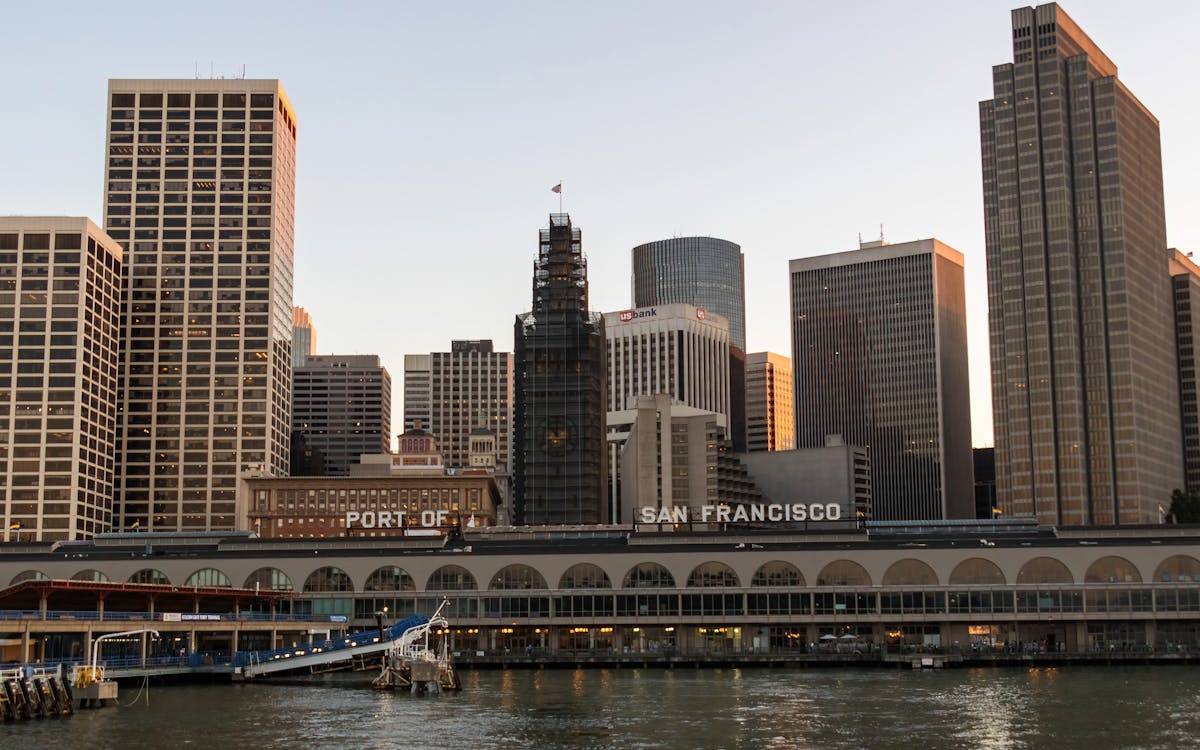Citizen-Led Change for a Healthier Bay
Citizen-Led Change for a Healthier Bay
Blog Article

Why Restoration Matters More Than Ever in the Bay Area
Over the last couple of years, the San Francisco Bay has actually weathered the influence of city development, commercial growth, and climate change. Once teeming with wildlife and lush marshes, many of the bay's all-natural ecological communities have actually been fragmented or broken down. Yet amidst these challenges, something remarkable is taking place: neighborhood citizens, volunteers, and grassroots initiatives are leading a wave of ecological repair that's bringing new life back to the Bay.
Reconstruction isn't almost planting trees or tidying up trash, though those initiatives are very important. It's about restoring the foundations of life, from marsh turfs that sustain fish nurseries to coastline buffers that guard against flooding. And in this area, the power of neighborhood participation is turning the trend very reasonably.
From Marshland to Miracle: The Return of Native Habitats
Among the most noticeable changes occurring in the Bay Area is the re-emergence of indigenous habitats. Wetlands that were once drained or led over are being rehydrated and replanted. Yards and shrubs native to the area are being cultivated by neighborhood teams, who usually depend on regional volunteers to aid grow seedlings and handle regulated growing occasions.
These native plants do more than add greenery to the landscape. They use haven to migratory birds, pollinators, and small mammals, producing pockets of biodiversity amidst active city areas. As these environments increase, so does the ecological health of the Bay itself. When local residents take time out of their weekends to get their hands in the soil, they're not just planting-- they're participating in the remediation of a living, breathing environment.
The Role of Education in Fostering Environmental Stewards
Education plays a vital component in why these community-led efforts are working so well. Schools, neighborhood facilities, and not-for-profit teams are organizing hands-on knowing experiences where participants of all ages can recognize the scientific research and relevance of repair. These programs typically bring people face to face with concerns like disintegration, pollution, and water level increase-- topics that can really feel abstract until they're seen up close.
When someone sees the fragile balance of a tidewater or discovers how a solitary plant species can filter contaminants from the water, the worth of that knowledge comes to be personal. And with that said understanding comes the motivation to act. Restoring environments ends up being much less of a task and even more of an objective. This deep link to local rooms is what sets the Bay Area apart and gas the lasting success of these efforts.
Using the Digital World to Drive Real-World Change
Remarkably, the push to recover the Bay's communities isn't taking place in isolation from the digital globe. Technology is ending up being an effective device in rallying support, spreading recognition, and connecting neighborhoods. Whether with person science apps that track native varieties or area forums organizing repair occasions, the on-line space is complementing boots-on-the-ground action.
In recent years, even local outreach techniques have actually evolved. For example, a social media marketing agency in the Bay Area could sustain environmental campaigns by aiding volunteers intensify their influence, tell their stories, and motivate others to obtain included. These digital touchpoints have the power to transform a little weekend cleaning right into a regional activity just by letting individuals understand it's happening-- which it matters.
Email Campaigns That Inspire and Inform Local Change-Makers
One more digital approach making a concrete difference is e-mail communication. Updates concerning repair events, seasonal growing efforts, and contribution drives are frequently shared via very carefully crafted newsletters that strike an equilibrium between being informative and motivating. It's not unusual great post for a well-timed campaign from an email marketing agency in San Francisco to bring a rush of volunteers or donations to a job in need.
These e-mail campaigns aren't just transactional-- they're transformative. By informing clients about the direct effect their participation has, they support lasting engagement. Visitors pertain to feel like stakeholders in the health of their region, and that psychological link converts to lasting dedication.
The Unseen Work of Connecting Data, Communities, and Nature
Behind every effective restoration project lies a complex web of coordination. There's research to understand what habitats need most, community feedback to shape comprehensive strategies, and follow-up monitoring to make certain success. This sort of continuous initiative usually needs not just heart, yet information, technique, and communication.
That's where the support of a digital marketing company in the Bay Area can make a quiet yet critical distinction. By helping companies develop solid electronic platforms, collect insights, and improve their messaging, these teams make it possible for neighborhood teams to scale their effect. The outcome is a much more connected and effective movement, where every activity counts, and every person feels like they're component of something bigger.
The Power of People in Preserving the Bay's Future
If there's one point the Bay Area has confirmed, it's that reconstruction doesn't need to begin with huge establishments or large budgets. It can begin with one next-door neighbor pulling weeds from a path, one pupil planting a native seedling, or one family appearing to a coastline cleaning. These small actions build up, especially when they're supported by wise approaches and shared with the wider neighborhood.
There's something distinctly hopeful about seeing the tides turn-- both figuratively and essentially-- for nature. The Bay is much from fully restored, but it's being restored everyday via the perseverance and treatment of those that call this area home. With each marsh rebuilt and each indigenous varieties protected, we're not just restoring communities-- we're envisioning what's possible when neighborhoods lead with function.
Keep following this blog for more tales on neighborhood adjustment, neighborhood effect, and the methods you can be part of securing the natural charm that surrounds us.
Report this page